+86-0523-83274900
+86-151 9064 3365
Content
The primary principle in selecting Storz flange adapter is precise matching of connection standards. The Storz system ensures quick engagement of the male and female ends, but the other end of the flange adapter must be fully compatible with the flange interface of the target equipment.
Storz Size Verification: It is essential to confirm that the required Storz size (e.g., DN65, DN100, etc.) matches the inner diameter requirements of the existing hose or main pipeline.
Flange End Standard: The adapter end should strictly match the flange adapter standard of the target system, such as the European standard DIN/EN flange or the American standard ANSI flange. Simultaneously, the nominal pressure rating of the flange (e.g., PN16, Class 300) must also match to ensure that failure due to insufficient strength occurs under system pressure.
Ignoring differences in connection standards will directly lead to inability to connect or failure of sealing performance after connection. Always refer to the latest industry specifications when selecting.
The material selection of Storz flange adapter directly determines their service life and safety in different industry applications. The following are material recommendations for different scenarios:
Fire Protection and Water Systems: Aluminum alloy or copper alloy is recommended. These materials provide sufficient strength while being lightweight, and offer good corrosion resistance to water-based media, resulting in high cost-effectiveness.
Chemical and Petroleum Applications: Stainless steel (e.g., 304/316L) is strongly recommended. These metals offer excellent resistance to chemical corrosion and can stably withstand high temperatures and pressures, which is crucial for ensuring long-term sealing performance.
General Industrial Environments: For non-extreme corrosive or high-temperature applications, ductile iron or carbon steel (usually requiring additional anti-corrosion coatings) is an economical choice, as its structural strength is sufficient for routine operating conditions.
Professional Tip: Especially in highly corrosive fluid media, always prioritize Storz flange adapter made of 316L stainless steel.
Even with correct specifications and materials, a poor seal will render the entire connection system unreliable.
Seal Compatibility: Check that the material of the seals installed on the adapter (such as NBR, Viton, etc.) is compatible with the actual medium being transported (including temperature and chemical composition).
Quick Assembly and Disassembly Experience: Storz is designed for the convenience of quick-connect fittings. High-quality Storz flange adapters should ensure smooth operation of the locking mechanism and even force distribution after locking, achieving a leak-free, tight coupling.
Choosing the right Storz flange adapter is crucial for ensuring stable system operation. It requires comprehensive consideration of connection standards, material selection, and sealing performance to ensure the final flange adapter can meet the challenges of its industry application.
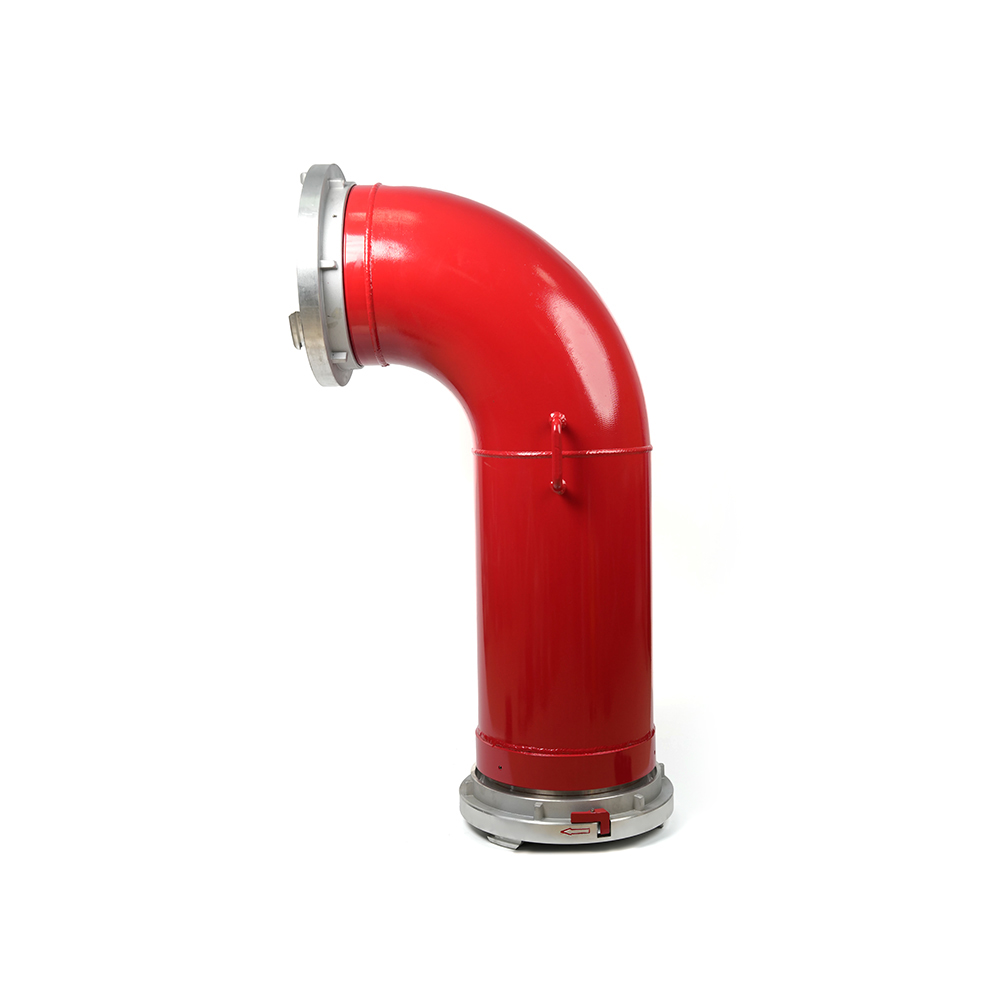 Grooved Fire Elbow-Storz
Grooved Fire Elbow-Storz
 Grooved Fire Elbow-Multi-tooth
Grooved Fire Elbow-Multi-tooth
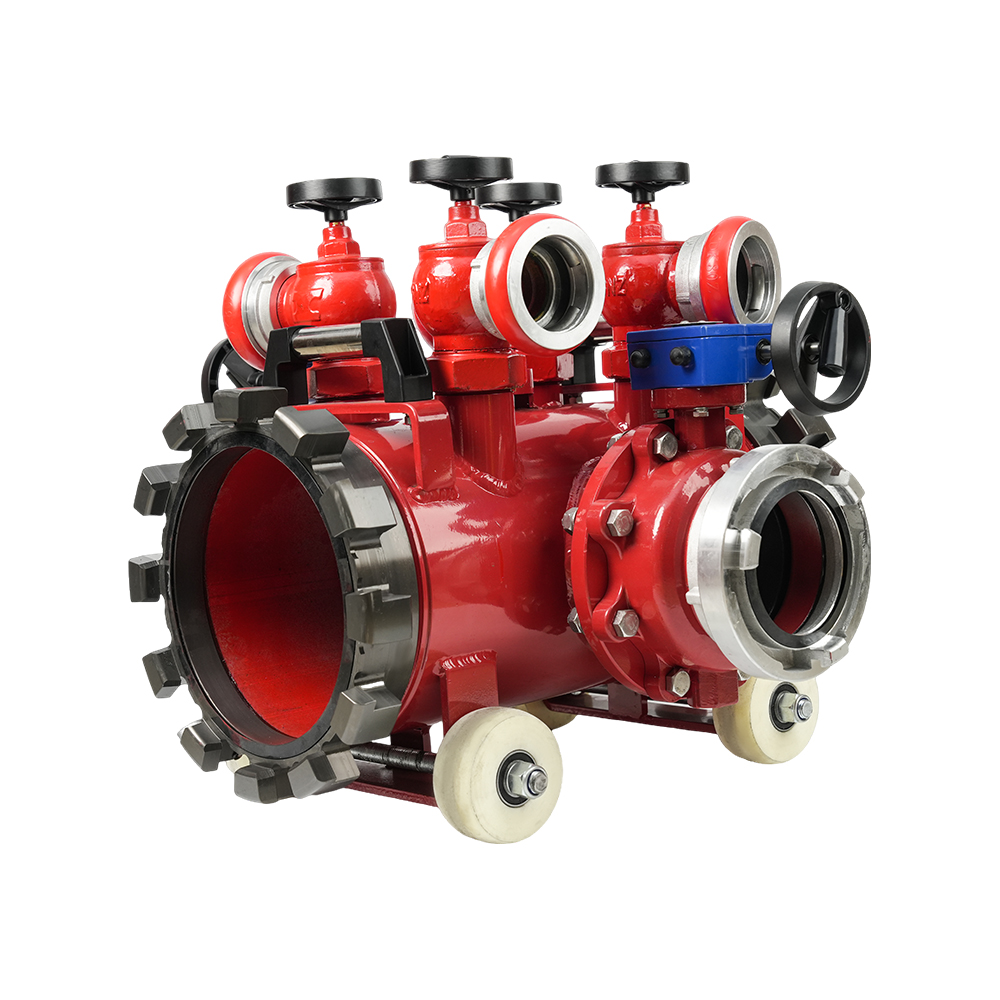 Multi-functional Fire Hose Distributor
Multi-functional Fire Hose Distributor
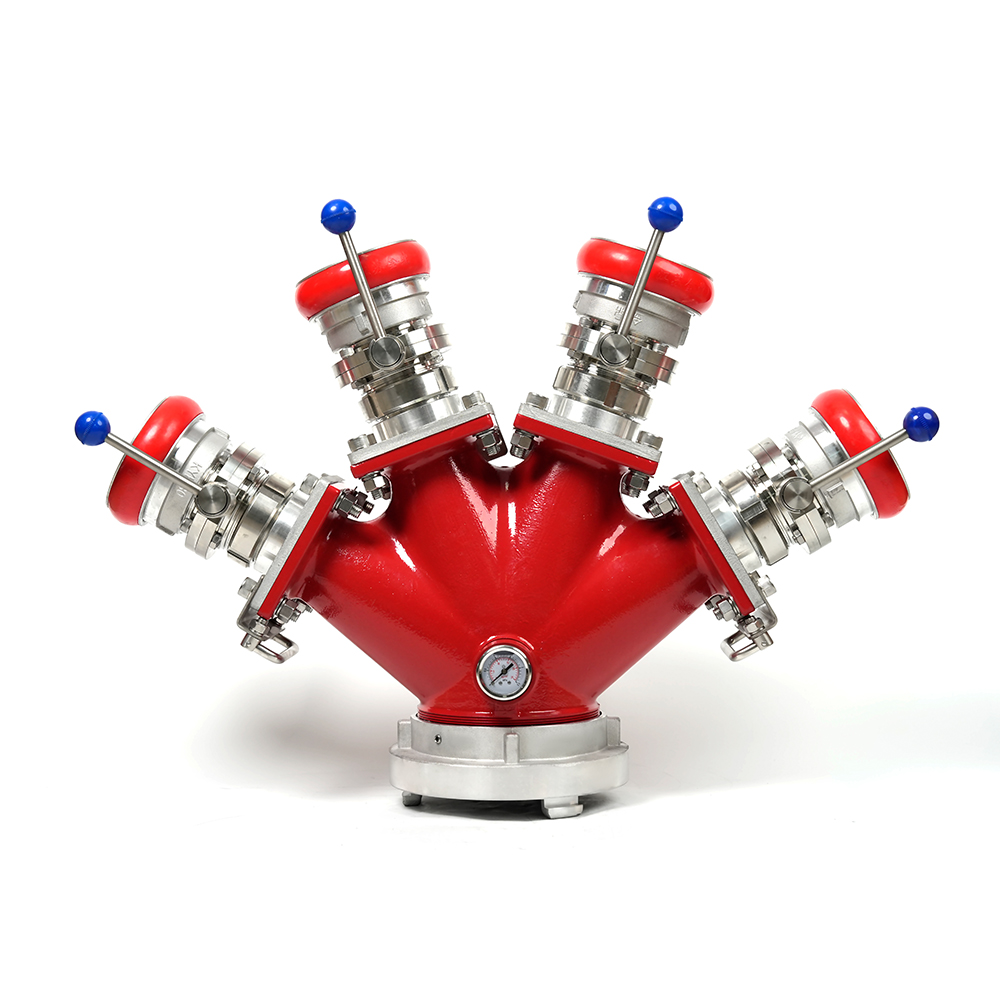 Locking Four-Way Fire Hose Distributor
Locking Four-Way Fire Hose Distributor
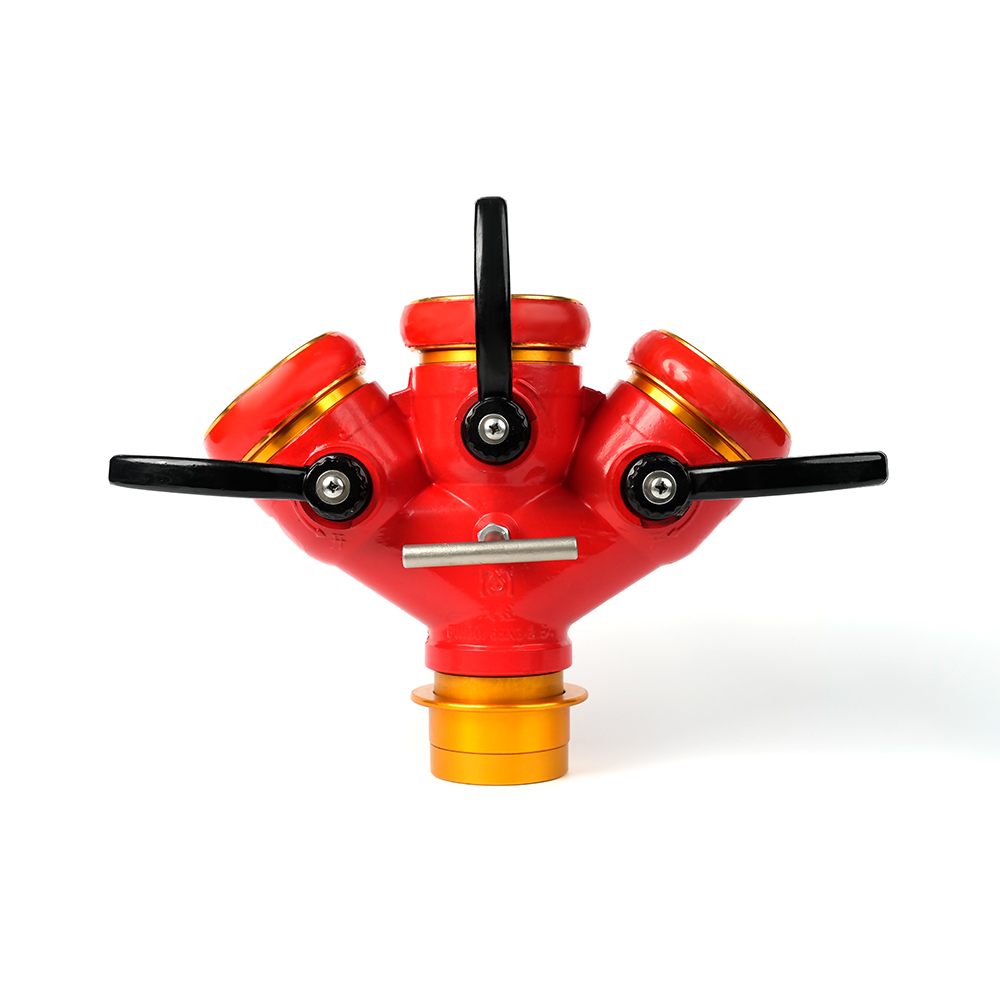 Locking Three-Way Fire Hose Distributor
Locking Three-Way Fire Hose Distributor
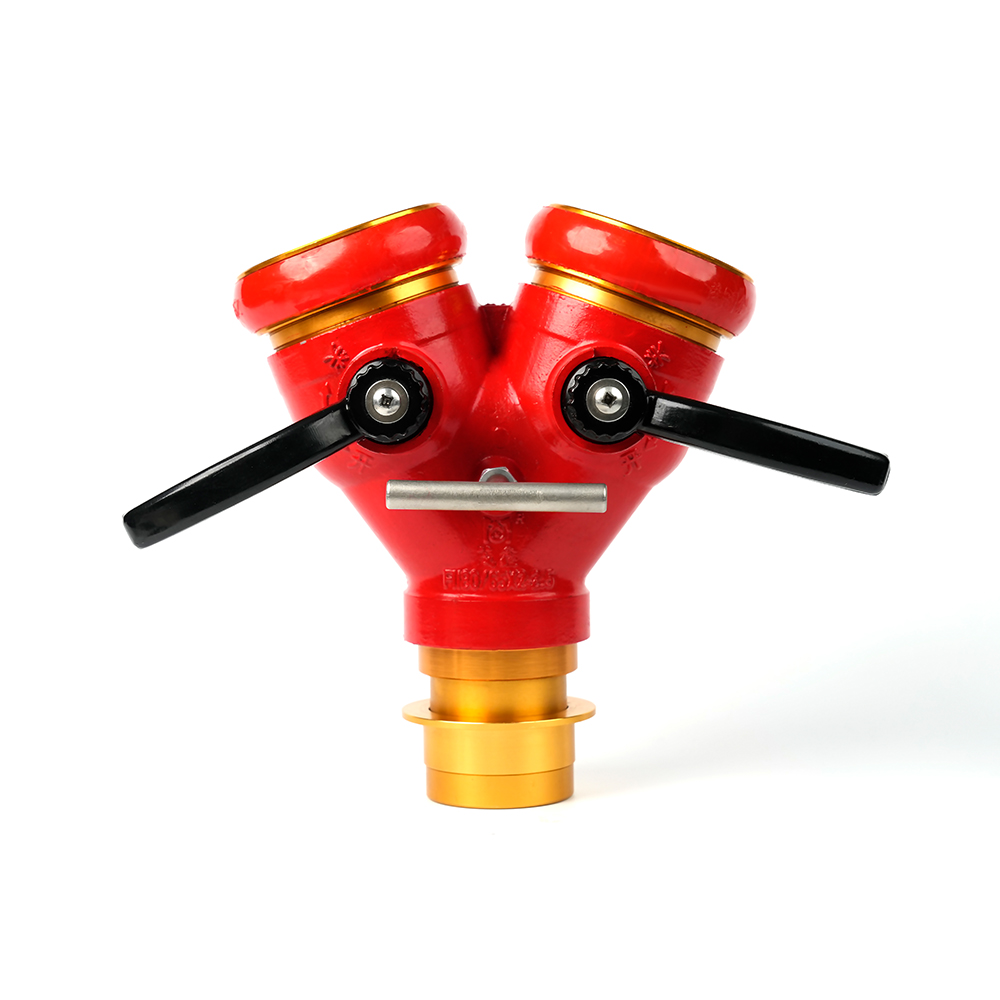 Locking Two-Way Fire Hose Distributor
Locking Two-Way Fire Hose Distributor
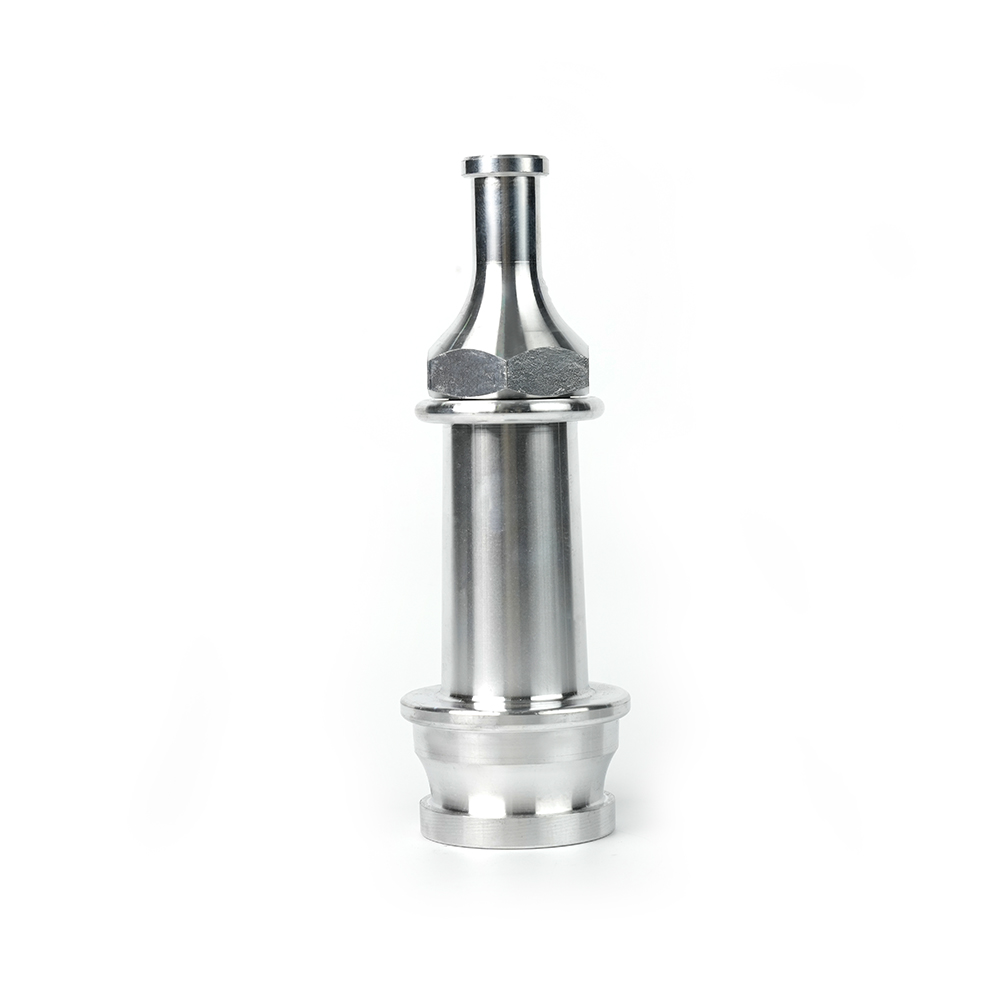 Straight Stream Nozzle
Straight Stream Nozzle
 Adjustable nozzle-machino
Adjustable nozzle-machino
 Adjustable nozzle-storz
Adjustable nozzle-storz
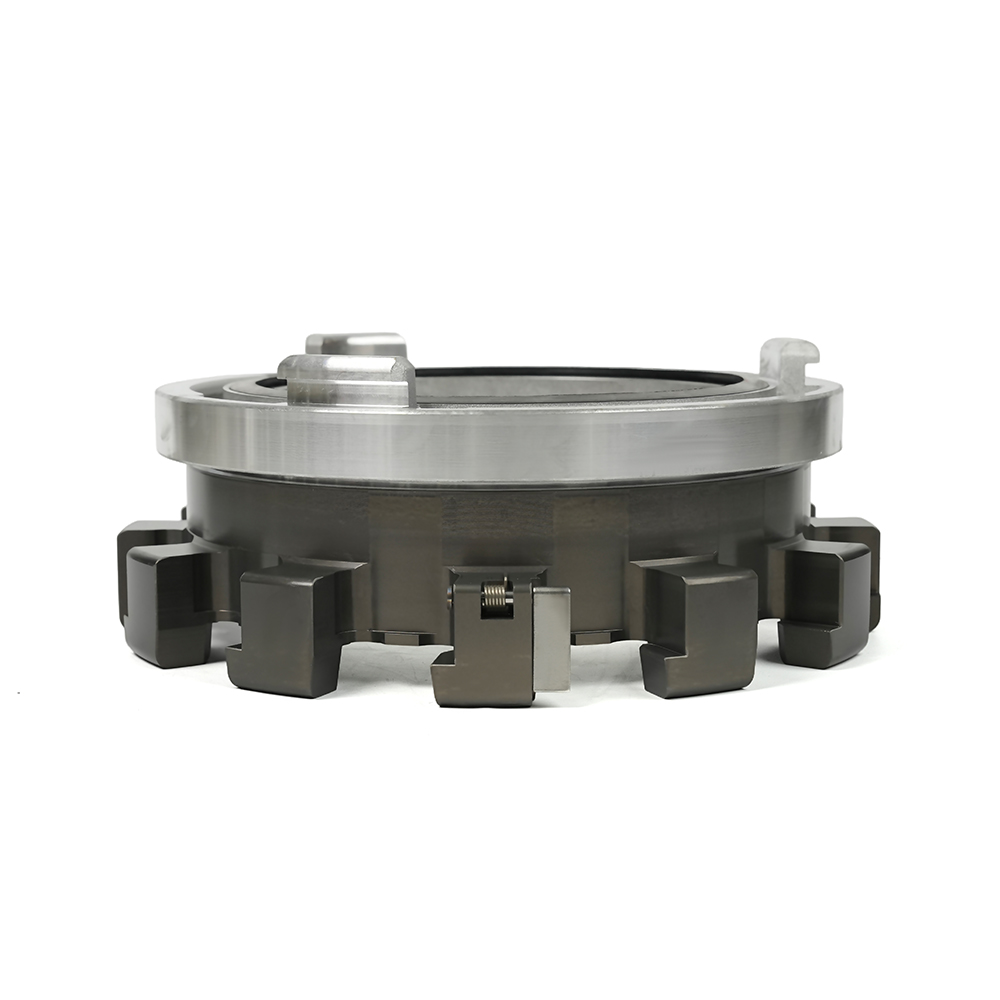 Storz Adapter Couplings - Multi-Tooth
Storz Adapter Couplings - Multi-Tooth
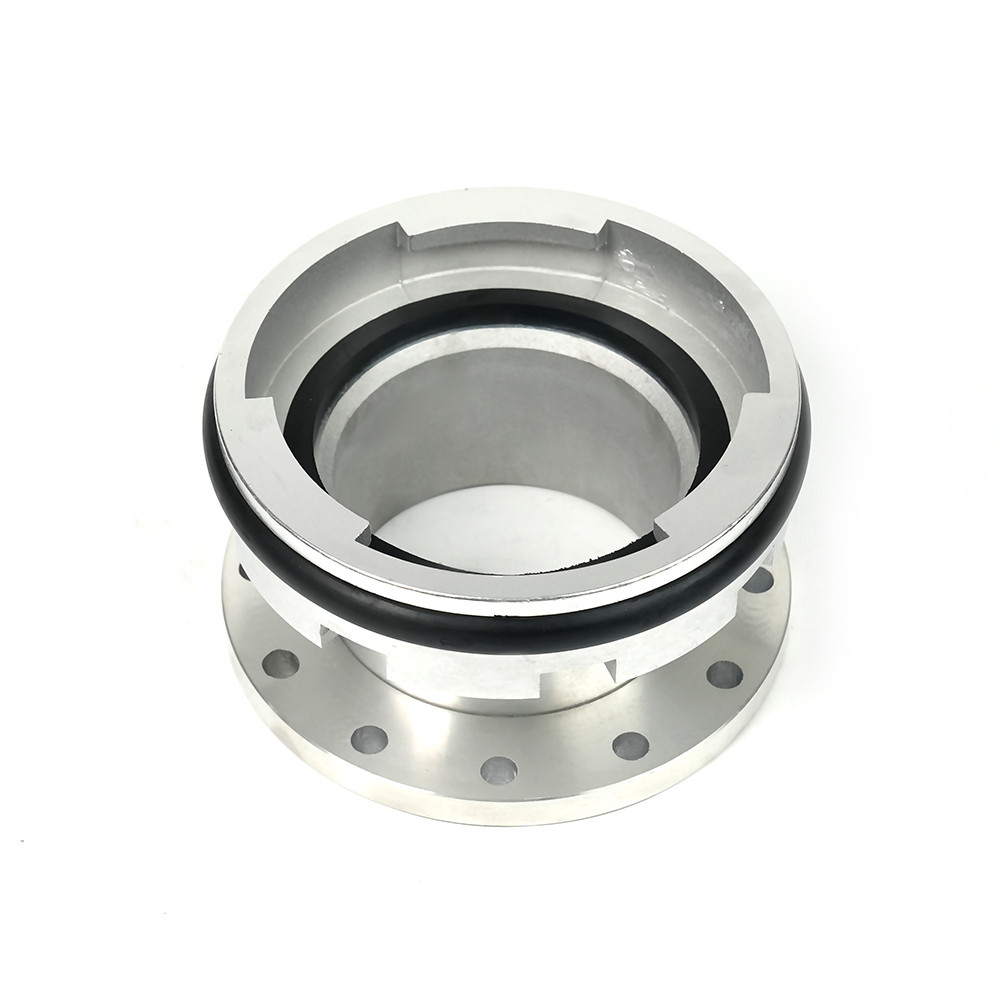 Machino Adapter Couplings – Flanged
Machino Adapter Couplings – Flanged
 Storz Adapter Couplings – Flanged
Storz Adapter Couplings – Flanged